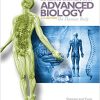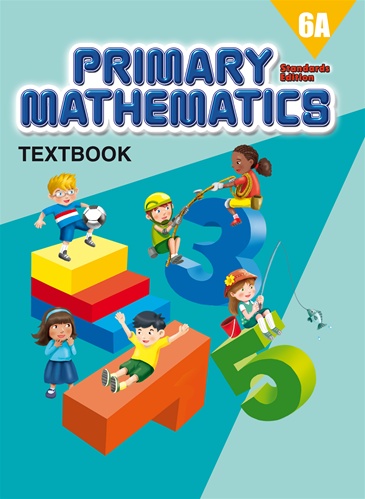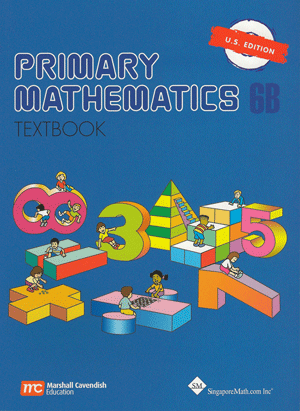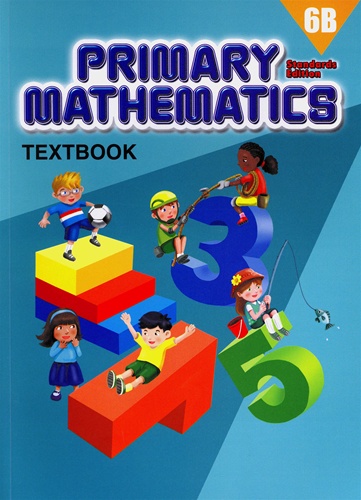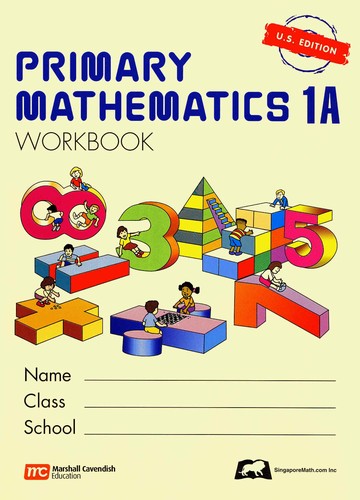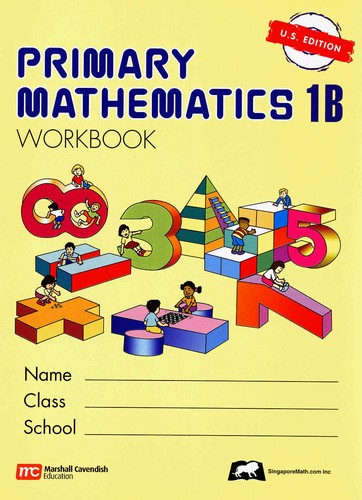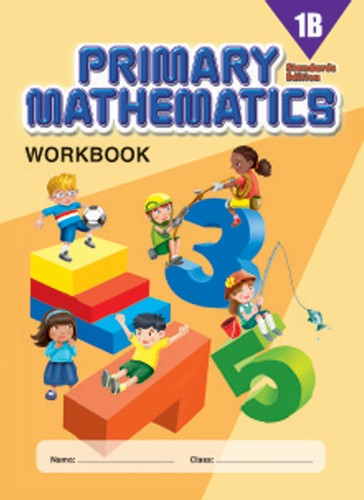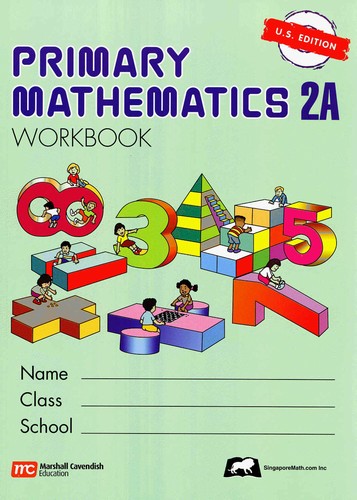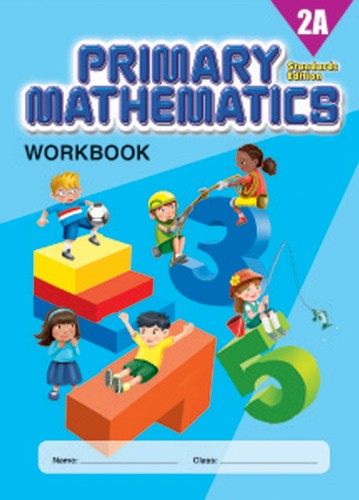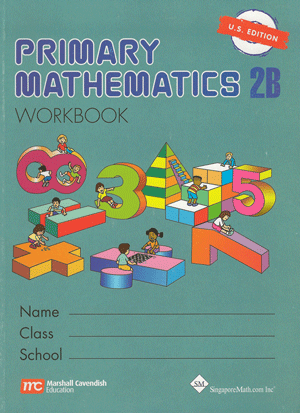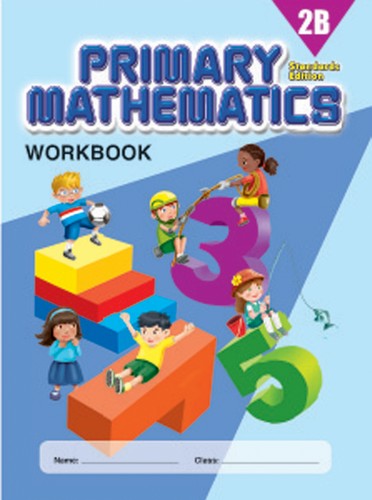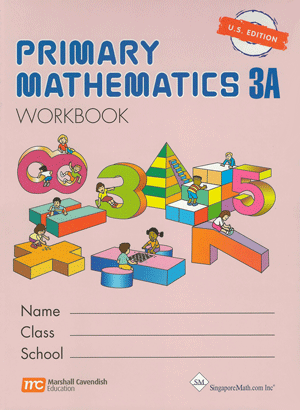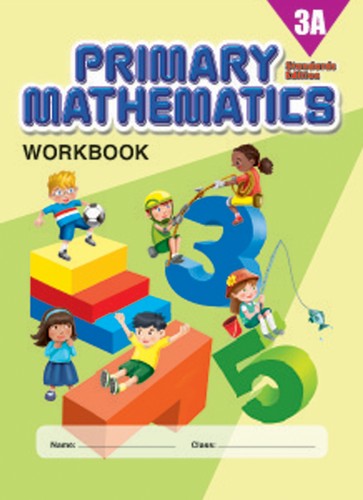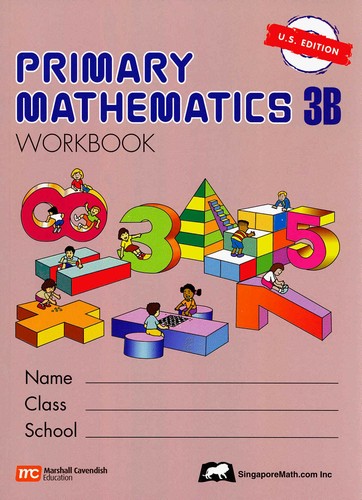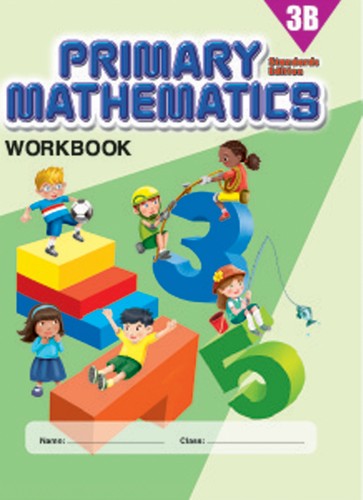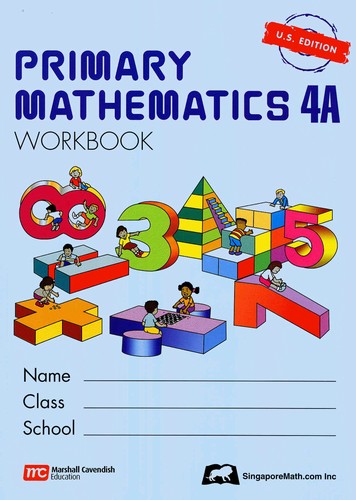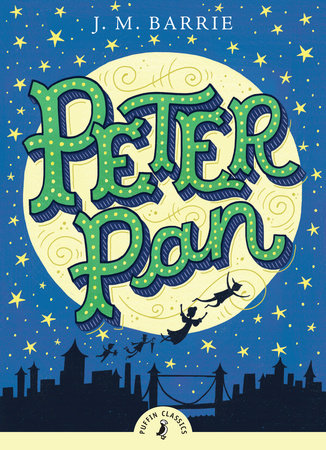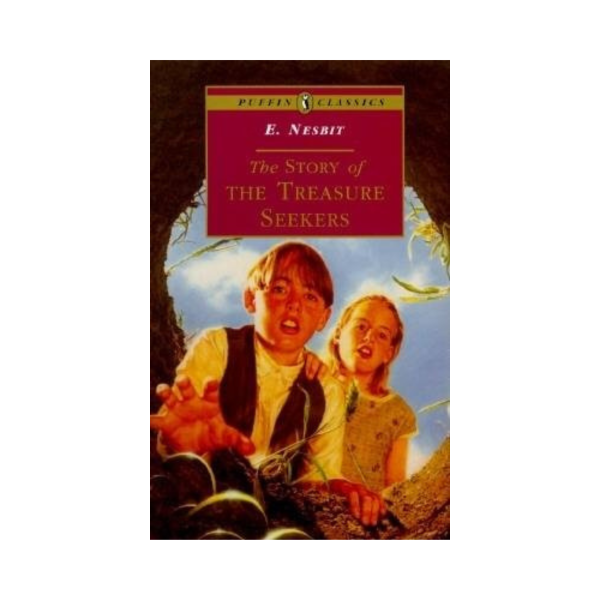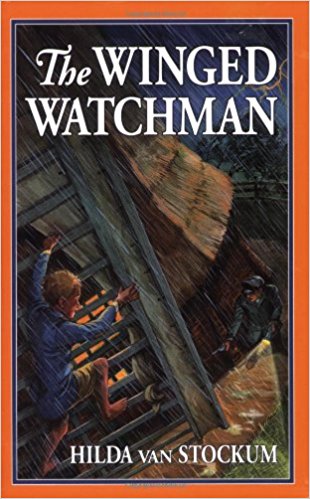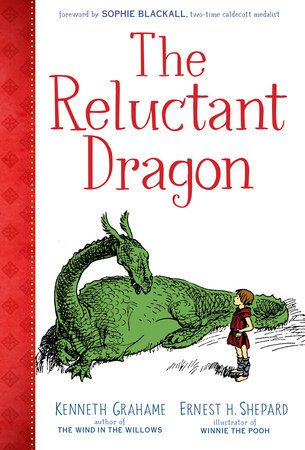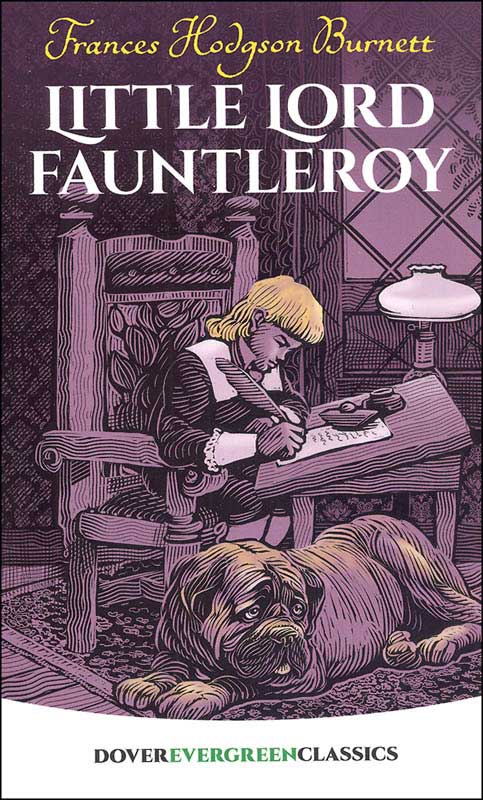-
7. Simply Classical Curriculum: Levels 7 & 8 - Read-Aloud Set × 1
- Includes:
Pinocchio × 1
Black Beauty × 1
Peter Pan × 1
The Story of the Treasure Seekers × 1
The Winged Watchman × 1
The Incredible Journey × 1
The Reluctant Dragon (Hardcover) × 1
Little Lord Fauntleroy × 1
-
Exploring Creation with Advanced Biology: The Human Body, 2nd Edition - Textbook $122.95 QTY: 1Quantity
-
Textbooks present new concepts and learning tasks for students to complete with educator supervision. They include practice and review problems, and are designed to be used alongside workbooks. Features & Components:
- Mathematical concepts are introduced in the opening pages and taught to mastery through specific learning tasks that allow for immediate assessment and consolidation.
- The Concrete Pictorial Abstract approach enables students to encounter math in a meaningful way.
- Direct correlation of the textbook to the workbook facilitates focused review and evaluation.
- The modeling method enables students to visualize and solve problems quickly and efficiently.
- New mathematical concepts are introduced through a spiral progression that builds on concepts already taught and mastered.
- Metacognition is employed as a strategy for learners to monitor their thinking processes in problem solving. Speech and thought bubbles provide guidance through the thought processes, making even the most challenging problems accessible to students.
- Color patches invite active student participation and facilitate lively discussion about concepts.
- Regular reviews in the textbook provide consolidation opportunities.
- The glossary effectively combines pictorial representation with simple mathematical definitions to provide a comprehensive reference guide for students.
-
-
- AlgebraAlgebraic Expressions I Practice A Algebraic Equations Practice B Algebraic Expressions II Practice C Graphs of Functions Practice D
-
- Fractions and DecimalsFractions and Decimals Negative Fractions and Decimals Comparing Numbers Practice A
- The Four OperationsAddition and Subtraction of Fractions Practice A Multiplication and Division of Fractions Practice B
-
- PercentagePercentage of a Quantity Percentage of Change Practice A Simple Interest, Sales Tax and Discount I Practice B Simple Interest, Sales Tax and Discount II Practice C
- Ratio and ProportionComparing Quantities I Practice A Comparing Quantities II Practice B Comparing Three Quantities Practice C Word Problems Practice D Proportion Practice E
-
- Rate and SpeedRate I Practice A Rate II Practice B Speed Practice C Average Speed Practice D
-
-
- Glossary
- Index
1 GradeSku: 9780761427568Singapore Primary Math Textbook 6A (Standards Edition)
By:$34.95 -
Go to Placement Tests Samples Chapter 1: Fractions - Division Chapter 1: Fractions - Word Problems Chapter 2: Circles - Circumference Chapter 4: Triangles and 4-sided Figures - Finding Unknown Angles The Primary Mathematics U.S. Edition series of elementary math textbooks and workbooks is meant to be part of a system of learning in which adult supervision and independent practice go hand in hand. The main feature of this series is the use of the Concrete to Pictorial to Abstract approach. Students are provided with the necessary learning experiences beginning with the concrete and pictorial stages, followed by the abstract stage to enable them to learn mathematics meaningfully. This approach encourages active thinking process, communication of mathematical ideas and problem solving, which helps develop the foundation students will need for more advanced mathematics. Practice exercises are designed to provide the students with further practice after they have done the relevant workbook exercises. Review exercises are provided for cumulative reviews of concepts and skills. All the practice exercises and review exercises are optional exercises. The color patch
 is used to invite active participation from the students and to facilitate oral discussion. The students are advised not to write on the color patches.
Above extract from Preface of Primary Mathematics U.S. Edition (reproduced with the permission of the publishers).
The textbooks contain the learning tasks for students to do under adult supervision and interaction, along with practice and review problems. They are meant to be non-consumable and to be used along with the Primary Mathematics Workbooks.
Answers or answer keys for Primary Mathematics U.S. Edition textbooks and workbooks are found in the teacher's guides and home instructor's guides. Answer keys booklets are also available - one for Primary 1-3 and one for Primary 4-6.
1 GradeSku: 9789810185152
is used to invite active participation from the students and to facilitate oral discussion. The students are advised not to write on the color patches.
Above extract from Preface of Primary Mathematics U.S. Edition (reproduced with the permission of the publishers).
The textbooks contain the learning tasks for students to do under adult supervision and interaction, along with practice and review problems. They are meant to be non-consumable and to be used along with the Primary Mathematics Workbooks.
Answers or answer keys for Primary Mathematics U.S. Edition textbooks and workbooks are found in the teacher's guides and home instructor's guides. Answer keys booklets are also available - one for Primary 1-3 and one for Primary 4-6.
1 GradeSku: 9789810185152Singapore Primary Math Textbook 6B – U.S. Edition
By:$23.50 -
Textbooks present new concepts and learning tasks for students to complete with educator supervision. They include practice and review problems, and are designed to be used alongside workbooks. Features & Components:
- Mathematical concepts are introduced in the opening pages and taught to mastery through specific learning tasks that allow for immediate assessment and consolidation.
- The Concrete Pictorial Abstract approach enables students to encounter math in a meaningful way.
- Direct correlation of the textbook to the workbook facilitates focused review and evaluation.
- The modeling method enables students to visualize and solve problems quickly and efficiently.
- New mathematical concepts are introduced through a spiral progression that builds on concepts already taught and mastered.
- Metacognition is employed as a strategy for learners to monitor their thinking processes in problem solving. Speech and thought bubbles provide guidance through the thought processes, making even the most challenging problems accessible to students.
- Color patches invite active student participation and facilitate lively discussion about concepts.
- Regular reviews in the textbook provide consolidation opportunities.
- The glossary effectively combines pictorial representation with simple mathematical definitions to provide a comprehensive reference guide for students.
Take a Look InsideTable of Contents-
-
- CircleCircumference Area Practice A Composite Figures Practice B
- Volume of Prisms and CylindersVolume of Prisms Volume of Cylinders Practice A
-
-
-
- AnglesAdjacent Angles Vertically Opposite Angles and Angles at a Point Complementary Angles Supplementary Angles Practice A Angles and Polygons I Angles and Polygons II Practice B
- Construction of Triangles and QuadrilateralsDrawing Lines and Angles Constructing Triangles and Quadrilaterals Practice A
-
-
-
- Data HandlingMean Population and Sample Practice A Median Mode Range Practice B
- ProbabilityExperimental Probability Practice A Theoretical Probability of Simple Events I Theoretical Probability of Simple Events II Practice B Theoretical Probability of Combined Events I Theoretical Probability of Combined Events II Practice C
-
- Negative NumbersAddition and Subtraction Multiplication and Division Practice A Order of Operations Practice B Solving Equations Graph of Functions Practice C
-
-
- Glossary
- Index
1 GradeSku: 9780761427582Singapore Primary Math Textbook 6B (Standards Edition)
By:$36.95 -
Go to Placement Tests Sample Pages: Chapter 3: Addition - Exercise 17 Chapter 4: Subtraction - Exercise 28 Review 7 The Primary Mathematics U.S. Edition series of elementary math textbooks and workbooks is meant to be part of a system of learning in which adult supervision and independent practice go hand in hand. The main feature of this series is the use of the Concrete > Pictorial > Abstract approach. Students are provided with the necessary learning experiences beginning with the concrete and pictorial stages, followed by the abstract stage to enable them to learn mathematics meaningfully. This approach encourages active thinking process, communication of mathematical ideas and problem solving. This helps develop the foundation students will need for more advanced mathematics. The above extract is from Preface of Primary Mathematics U.S. Edition (reproduced with the permission of the publishers). The workbooks are consumable and should be used in conjunction with the textbooks. They contain the exercises the student does independently. Answers or answer keys for Primary Mathematics U.S. Edition textbooks and workbooks are found in the teacher's guides and home instructor's guides. Answer keys booklets are also available for purchase - one for Primary 1-3 and one for Primary 4-6.1 GradeSku: 9789810184964
Singapore Primary Math Workbook 1A – U.S. Edition
By:$22.95 -
Go to Placement Tests Samples Chapter 5: Division - Exercise 37 Chapter 8: Numbers to 100 - Exercise 52 Review 7 The Primary Mathematics U.S. Edition series of elementary math textbooks and workbooks is meant to be part of a system of learning in which adult supervision and independent practice go hand in hand. The main feature of this series is the use of the Concrete > Pictorial > Abstract approach. Students are provided with the necessary learning experiences beginning with the concrete and pictorial stages, followed by the abstract stage to enable them to learn mathematics meaningfully. This approach encourages active thinking process, communication of mathematical ideas and problem solving. This helps develop the foundation students will need for more advanced mathematics. The above extract is from Preface of Primary Mathematics U.S. Edition (reproduced with the permission of the publishers). The workbooks are consumable and should be used in conjunction with the textbooks. They contain the exercises the student does independently. Answers or answer keys for Primary Mathematics U.S. Edition textbooks and workbooks are found in the teacher's guides and home instructor's guides. Answer keys booklets are also available for purchase - one for Primary 1-3 and one for Primary 4-6.1 GradeSku: 9789810184971
Singapore Primary Math Workbook 1B – U.S. Edition
By:$22.95 -
Workbooks provide further practice for students to complete independently in conjunction with textbook exercises. This essential component reinforces learning to create a solid foundation in elementary math.Features & Components:
- Each textbook chapter corresponds to workbook exercises, serving as a learning extension.
- Math at Home activities (G1-2) in tear-out sheets provide opportunities for family involvement in the learning process.
- Review exercises at the end of each unit facilitate evaluation and consolidation of concepts covered in the preceding units.
Take a Look Inside Table of Contents-
-
- Comparing NumbersExercise 1-6
- GraphsExercise 1-3
- Numbers to 40Exercise 1-20
-
- MultiplicationExercise 1-7
-
-
- Review 10
-
-
- Review 11
- DivisionExercise 1-3
- Halves and FourthsExercise 1-3
- TimeExercise 1-4
-
- Numbers to 100Exercise 1-25
-
- MoneyExercise 1-5
-
-
- Review 15
- Math at Home
1 GradeSku: 9780761469896Singapore Primary Math Workbook 1B (Standards Edition)
By:$27.95 -
Go to Placement Tests Samples Chapter 2: Addition and Subtraction - Exercise 16 Chapter 3: Length - Exercise 27 Chapter 3: Length - Exercise 28 Review 7 The Primary Mathematics U.S. Edition series of elementary math textbooks and workbooks is meant to be part of a system of learning in which adult supervision and independent practice go hand in hand. The main feature of this series is the use of the Concrete > Pictorial > Abstract approach. Students are provided with the necessary learning experiences beginning with the concrete and pictorial stages, followed by the abstract stage to enable them to learn mathematics meaningfully. This approach encourages active thinking process, communication of mathematical ideas and problem solving. This helps develop the foundation students will need for more advanced mathematics. The above extract is from Preface of Primary Mathematics U.S. Edition (reproduced with the permission of the publishers). The workbooks are consumable and should be used in conjunction with the textbooks. They contain the exercises the student does independently. Answers or answer keys for Primary Mathematics U.S. Edition textbooks and workbooks are found in the teacher's guides and home instructor's guides. Answer keys booklets are also available for purchase - one for Primary 1-3 and one for Primary 4-6.1 GradeSku: 9789810185008
Singapore Primary Math Workbook 2A – U.S. Edition
By:$22.95 -
Workbooks provide further practice for students to complete independently in conjunction with textbook exercises. This essential component reinforces learning to create a solid foundation in elementary math.Features & Components:
- Each textbook chapter corresponds to workbook exercises, serving as a learning extension.
- Math at Home activities (G1-2) in tear-out sheets provide opportunities for family involvement in the learning process.
- Review exercises at the end of each unit facilitate evaluation and consolidation of concepts covered in the preceding units.
Take a Look Inside Table of Contents-
-
- Numbers to 1,000Exercise 1-8
-
- Addition and Subtraction
-
-
-
- Review 2
- LengthExercise 1-4
-
- WeightExercise 1-3
-
- Multiplication and DivisionExercise 1-8
-
- Multiplication Tables of 2 and 3Exercise 1-19
-
-
- Review 7
- Math at Home
1 GradeSku: 9780761469919Singapore Primary Math Workbook 2A (Standards Edition)
By:$27.95 -
Go to Placement Tests Samples Chapter 4: Fractions - Exercise 44 Chapter 8: Geometry - Exercise 62 Review 7 The Primary Mathematics U.S. Edition series of elementary math textbooks and workbooks is meant to be part of a system of learning in which adult supervision and independent practice go hand in hand. The main feature of this series is the use of the Concrete > Pictorial > Abstract approach. Students are provided with the necessary learning experiences beginning with the concrete and pictorial stages, followed by the abstract stage to enable them to learn mathematics meaningfully. This approach encourages active thinking process, communication of mathematical ideas and problem solving. This helps develop the foundation students will need for more advanced mathematics. The above extract is from Preface of Primary Mathematics U.S. Edition (reproduced with the permission of the publishers). The workbooks are consumable and should be used in conjunction with the textbooks. They contain the exercises the student does independently. Answers or answer keys for Primary Mathematics U.S. Edition textbooks and workbooks are found in the teacher's guides and home instructor's guides. Answer keys booklets are also available for purchase - one for Primary 1-3 and one for Primary 4-6.1 GradeSku: 9789810185015
Singapore Primary Math Workbook 2B – U.S. Edition
By:$22.95 -
Workbooks provide further practice for students to complete independently in conjunction with textbook exercises. This essential component reinforces learning to create a solid foundation in elementary math.Features & Components:
- Each textbook chapter corresponds to workbook exercises, serving as a learning extension.
- Math at Home activities (G1-2) in tear-out sheets provide opportunities for family involvement in the learning process.
- Review exercises at the end of each unit facilitate evaluation and consolidation of concepts covered in the preceding units.
Take a Look Inside Table of Contents-
-
- Addition and SubtractionExercise 1-12
-
- Multiplication and DivisionExercise 1-10
-
- MoneyExercise 1-15
-
- FractionsExercise 1-8
-
- TimeExercise 1-5
-
- CapacityExercise 1-3
-
- Tables and GraphsExercise 1-4
-
- GeometryExercise 1-6
-
- Math at Home
1 GradeSku: 9780761469933Singapore Primary Math Workbook 2B (Standards Edition)
By:$27.95 -
Go to Placement Tests Samples Chapter 2: Addition and Subtraction - Exercise 6 Chapter 3: Multiplication and Division - Exercise 19 Chapter 5: Money - Exercise 46 Review 6 The Primary Mathematics U.S. Edition series of elementary math textbooks and workbooks is meant to be part of a system of learning in which adult supervision and independent practice go hand in hand. The main feature of this series is the use of the Concrete > Pictorial > Abstract approach. Students are provided with the necessary learning experiences beginning with the concrete and pictorial stages, followed by the abstract stage to enable them to learn mathematics meaningfully. This approach encourages active thinking process, communication of mathematical ideas and problem solving. This helps develop the foundation students will need for more advanced mathematics. The above extract is from Preface of Primary Mathematics U.S. Edition (reproduced with the permission of the publishers). The workbooks are consumable and should be used in conjunction with the textbooks. They contain the exercises the student does independently. Answers or answer keys for Primary Mathematics U.S. Edition textbooks and workbooks are found in the teacher's guides and home instructor's guides. Answer keys booklets are also available for purchase - one for Primary 1-3 and one for Primary 4-6.1 GradeSku: 9789810185046
Singapore Primary Math Workbook 3A – U.S. Edition
By:$22.95 -
Workbooks provide further practice for students to complete independently in conjunction with textbook exercises. This essential component reinforces learning to create a solid foundation in elementary math.Features & Components:
- Each textbook chapter corresponds to workbook exercises, serving as a learning extension.
- Math at Home activities (G1-2) in tear-out sheets provide opportunities for family involvement in the learning process.
- Review exercises at the end of each unit facilitate evaluation and consolidation of concepts covered in the preceding units.
Take a Look InsideTable of Contents-
-
- Numbers to 10,000Exercise 1-7
-
- Addition and Subtraction
-
-
- Review 2
- Multiplication and DivisionExercise 1-15
-
- Multiplication Tables of 6, 7, 8 and 9Exercise 1-20
-
- Data AnalysisExercise 1-6
1 GradeSku: 9780761469940Singapore Primary Math Workbook 3A (Standards Edition)
By:$27.95 -
Go to Placement Tests Samples Chapter 3: Length - Exercise 11 Chapter 3: Weight - Exercise 14 Chapter 3: Weight - Exercise 16 Chapter 7: Time - Hours and Minutes - Exercise 39 The Primary Mathematics U.S. Edition series of elementary math textbooks and workbooks is meant to be part of a system of learning in which adult supervision and independent practice go hand in hand. The main feature of this series is the use of the Concrete > Pictorial > Abstract approach. Students are provided with the necessary learning experiences beginning with the concrete and pictorial stages, followed by the abstract stage to enable them to learn mathematics meaningfully. This approach encourages active thinking process, communication of mathematical ideas and problem solving. This helps develop the foundation students will need for more advanced mathematics. The above extract is from Preface of Primary Mathematics U.S. Edition (reproduced with the permission of the publishers). The workbooks are consumable and should be used in conjunction with the textbooks. They contain the exercises the student does independently. Answers or answer keys for Primary Mathematics U.S. Edition textbooks and workbooks are found in the teacher's guides and home instructor's guides. Answer keys booklets are also available for purchase - one for Primary 1-3 and one for Primary 4-6.1 GradeSku: 9789810185053
Singapore Primary Math Workbook 3B – U.S. Edition
By:$22.95 -
Workbooks provide further practice for students to complete independently in conjunction with textbook exercises. This essential component reinforces learning to create a solid foundation in elementary math.Features & Components:
- Each textbook chapter corresponds to workbook exercises, serving as a learning extension.
- Math at Home activities (G1-2) in tear-out sheets provide opportunities for family involvement in the learning process.
- Review exercises at the end of each unit facilitate evaluation and consolidation of concepts covered in the preceding units.
Take a Look InsideTable of Contents-
- LengthExercise 1-9
-
- Weight
-
- CapacityExercise 1-5
-
- MoneyExercise 1-7
-
- FractionsExercise 1-12
-
- TimeExercise 1-8
-
- GeometryExercise 1-4
-
- Area, Perimeter and VolumeExercise 1-8
1 GradeSku: 9780761469957Singapore Primary Math Workbook 3B (Standards Edition)
By:$27.95 -
Go to Placement Tests Samples Chapter 1: Whole Numbers - Exercise 1 Review 2 - Exercise 31 Chapter 5: Angles - Exercise 42 Review 4 The Primary Mathematics U.S. Edition series of elementary math textbooks and workbooks is meant to be part of a system of learning in which adult supervision and independent practice go hand in hand. The main feature of this series is the use of the Concrete > Pictorial > Abstract approach. Students are provided with the necessary learning experiences beginning with the concrete and pictorial stages, followed by the abstract stage to enable them to learn mathematics meaningfully. This approach encourages active thinking process, communication of mathematical ideas and problem solving. This helps develop the foundation students will need for more advanced mathematics. The above extract is from Preface of Primary Mathematics U.S. Edition (reproduced with the permission of the publishers). The workbooks are consumable and should be used in conjunction with the textbooks. They contain the exercises the student does independently. Answers or answer keys for Primary Mathematics U.S. Edition textbooks and workbooks are found in the teacher's guides and home instructor's guides. Answer keys booklets are also available for purchase - one for Primary 1-3 and one for Primary 4-6.1 GradeSku: 9789810185084
Singapore Primary Math Workbook 4A – U.S. Edition
By:$22.95 -
Workbooks provide further practice for students to complete independently in conjunction with textbook exercises. This essential component reinforces learning to create a solid foundation in elementary math.Features & Components:
- Each textbook chapter corresponds to workbook exercises, serving as a learning extension.
- Math at Home activities (G1-2) in tear-out sheets provide opportunities for family involvement in the learning process.
- Review exercises at the end of each unit facilitate evaluation and consolidation of concepts covered in the preceding units.
-
-
- Whole NumbersExercise 1-14
-
- The Four Operations of Whole Numbers
-
-
- Review 2
- FractionsExercise 1-19
-
- GeometryExercise 1-15
-
- Area and PerimeterExercise 1-6
1 GradeSku: 9780761469964Singapore Primary Math Workbook 4A (Standards Edition)
By:$27.95


